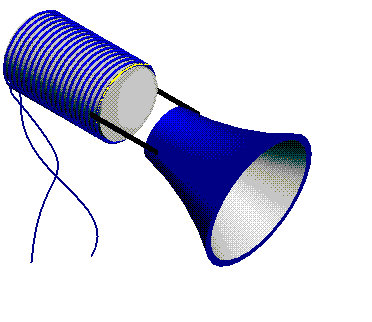Interested to see how the ISN H50 turns out. I'm a little late to the party on this one but my impressions of the ISN H40 are below...
Build & Accessories: Solid build with regards to the IEM, on the larger side, small ears may have some issues. Deep insertion difficult for shallow concha. Great quality of included cable – very supple, no memory, silver pairs well with a warmer signature.
Tonality: Warm L-shape to V-shape with upper treble roll off
Bass: strong impact, subbass emphasis, deep extension, texture and timbre retained
There has been plenty of praise given to the bass on the H40 and it’s certainly not misplaced praise. The DD here works incredibly hard. Subbass truly has some of the deepest extension I’ve heard in an IEM. There is an engaging rumble and great texture, followed by a respectful midbass punch. Listening to stand-up bass is a pleasure, timbre comes through clear as day with a natural level of detail. Instruments are managed very well with great resonance. The DD doesn’t have the quickest transients but it’s very organic and still able to cope well with electronic music.
With the midrange tuning at play (see below) the bass frequencies never fail to catch your attention and get you moving.
Mids: no shout, warm, reasonable resolution, slight recession
The midrange is interesting. It’s definitely not forward – something that became more apparent as I’ve (recently) spent more time with it. The large stage (another selling point to be mentioned later) emphasises a slight recession in the mids. They don’t feel empty or disembodied but neither do they feel the overwhelming focus of this IEM in busy tracks. I would have preferred some greater upper mid/lower treble presence to provide some bite and female vocal body. Tonally the mids are warm and rich and not lacking in detail or clarity, but certainly not what I would call analytical. Lower midrange vocals and instruments have some great weight to them that when combined with the bass boost and soundstage gives the impression of listening to larger over-ears.
Having expressed my reservations, and having a preference for a forward midrange, the choice of tuning here does offer an unique presentation of the music. A very old-school ‘speaker-like’ presentation wherein the bass encompasses and supports with a very engaging atmosphere around the midrange. Thankfully, the midrange never feels cluttered by this bassy embrace and things aren’t obscured in the process.
Treble: good definition, no sibilance, upper treble roll off, minimal if any treble air
The treble is not offensive. It is far from piercing but has good definition and it is void of any sibilance in the uppermids / lower treble. The tuning ensures that the overall tonality remains warm, full-bodied and organic. It also allows you to throw up the volume to bask in the joy that is the low end. As a personal preference I would have liked some more ultrahigh treble extension to round out the signature and enhance the sense of space further.
Technicalities:
The second selling point beyond the bass on the ISN H40 is the soundstage. It’s excellent and reaches very wide beyond the ear. This makes the lack of air in the treble much more forgiving on the overall presentation. Imaging is good with elements of the tracks in their own space and a fair capacity to deal with layered elements.
Conclusion:
Since my very first listen a unique and appealing character shone through with the ISN H40. It’s bold and self-assured in its character but never abrasive. It works for most genres of music with Hip Hop and Metal being two strong areas in my experience where you need full bodied lower mids, good bass and no shrill or invasive treble. ISN have produced a fun IEM that represents excellent value for money and would be my choice of hybrid below $200.
Cheers and happy listening!




























